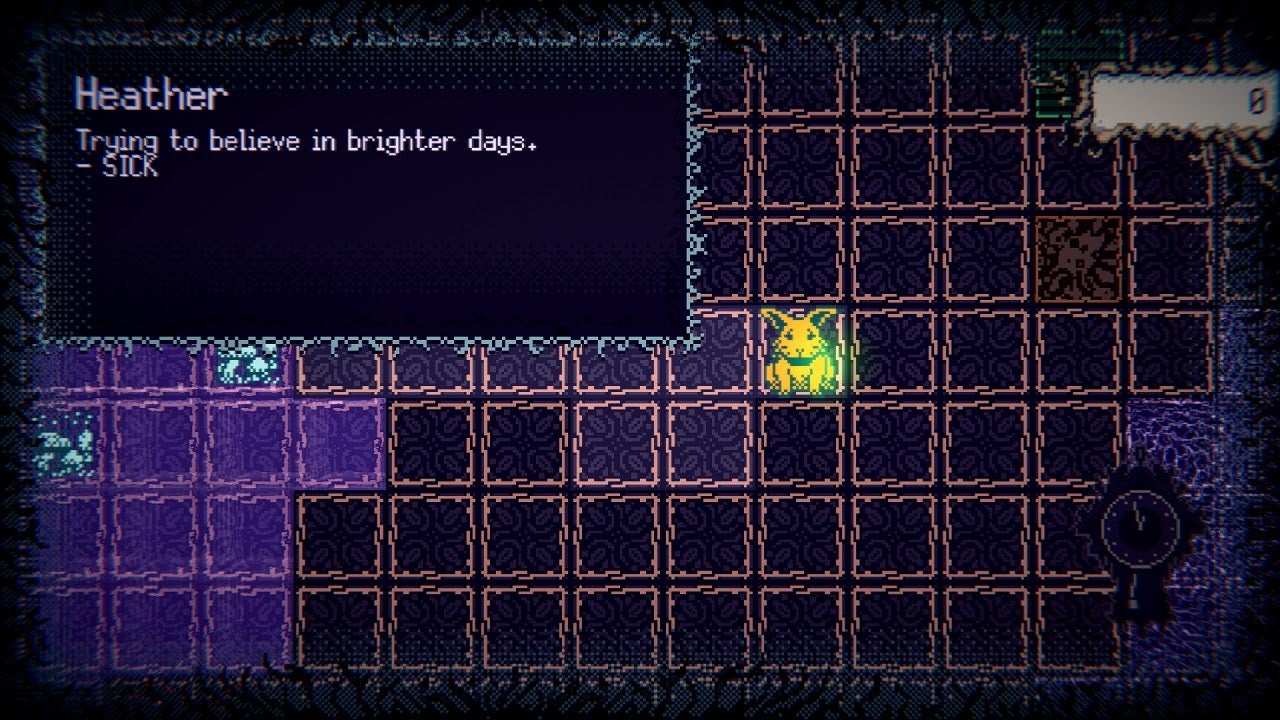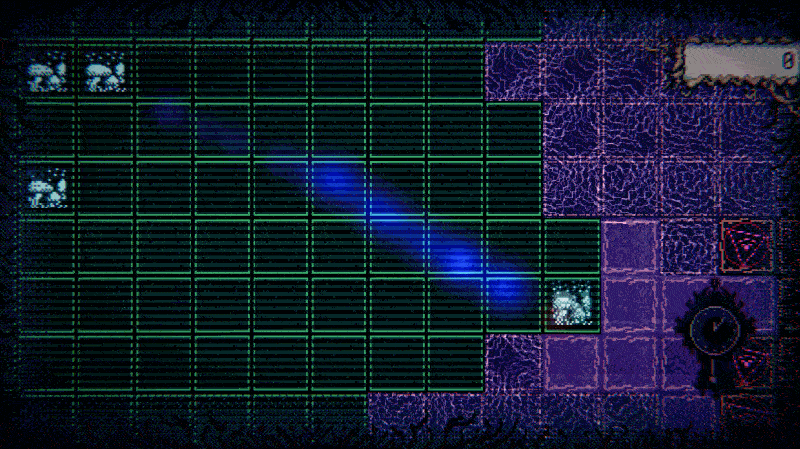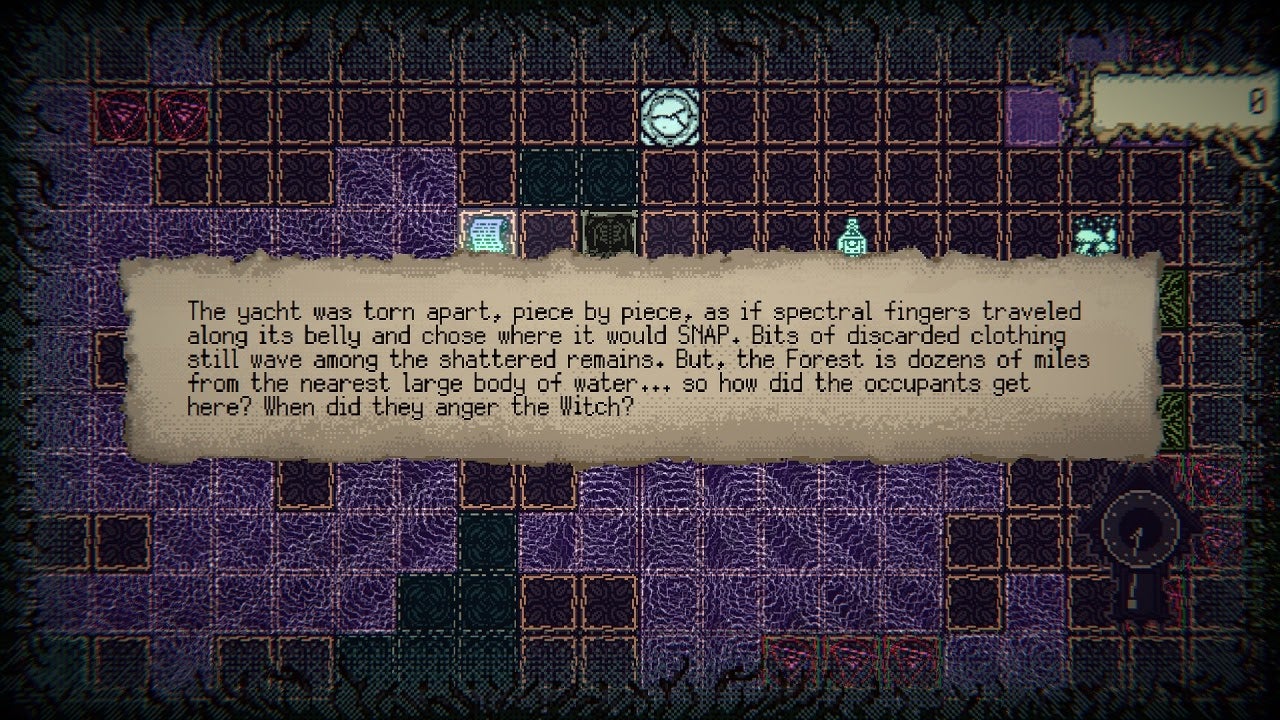Death Stranding is a game I loved when I played it in the autumn of 2019, and one that I’ve only come to appreciate more in the time since. When so many games with massive budgets feel like they’re covering the same tired territory, Death Stranding, in all its awkward earnestness, offered something new.
But despite considering it one of the best games of recent years, there’s one thing about it that I have never embraced. In the months prior to its release, director Hideo Kojima repeatedly tweeted his insistence that Death Stranding was not just an innovative entry in an existing genre, but that it represented the arrival of an entirely new genre, what he called “the strand game.”
DEATH STRANDING is not a stealth game. It is brand new action game with the concept of connection (strand). I call it Social Strand System, or simply Strand Game.
TOMORROW IS IN YOUR HANDS.#deathstranding pic.twitter.com/XaraGs2P03
— HIDEO_KOJIMA (@HIDEO_KOJIMA_EN) May 30, 2019
As much as I loved it, I felt Death Stranding could easily be considered an action adventure game. Sure, it bears little resemblance to most other contemporary, big-budget action adventure games, but that’s what I like about it. In much the same way that I want horror films that challenge our existing notions of what a horror film can be, or fantasy novels that challenge established ideas of what that genre consists of, I want action adventure games that defy genre conventions and show us that other things are possible within that space.
So I chalked up Kojima’s insistence that Death Stranding heralded the arrival of a new genre to the ego of an auteur, and largely forgot about the term “strand game,” content to love Death Stranding in my own way.
But then, I heard that someone else was making a strand game.
This intrigued me, because if someone who isn’t Hideo Kojima is going to make a strand game, they must think they have a pretty good idea of what a strand game is. I played Death Stranding and I couldn’t tell you what the hell a strand game is. I could make some guesses, but I don’t know what truly defines one. So I asked Xalavier Nelson Jr., the developer who has set out to add to this mysterious genre, just what he thinks a strand game is.
Nelson wrote for indie hit Hypnospace Outlaw, and makes games under the development label Strange Scaffold, which might be best known for its game An Airport for Aliens Currently Run by Dogs. And he’s not being subtle about the aspirations of his strand game. Its title, after all, is Witch Strandings, though he’s quick to mention that the game didn’t begin development intending to add to Kojima’s “genre.” Rather, he and his team noticed early on that they happened to be making what they consider a strand game to be, and decided to lean into those core design concepts. When I asked him what those core concepts are, he started out by saying that, as Strange Scaffold sees it, there are three core principles to the strand game genre.
1. Nurturing
“The first and highest tier is the concept of nurturing,” Nelson says. “You exist in a strand-type game to care for a world, for a series of individual entities with their own concerns, priorities, and identity. In some way, the reason you are here is to care for things and to facilitate their continued existence, which in itself, as a verb and goal for a video game, distinctly sets it apart from most other genres. You can stick a lot of things into the open-world mould, but you can also often be left with this hole in the centre of your game design, which is, ‘Why am I doing this?’”
2. Transportation
“The second major pillar which [follows directly from] that is transportation. You care for a world by bringing things from one place to another. And because the world is systemic, and because the world and the entities within it are treated with a priority of care, it elevates this transportation to being more than a series of fetch quests. You are actually changing the world via the medium of transportation in a way that goes beyond taking things from one place to another.” Nelson believes that in this regard, the influence of Death Stranding could be broadly felt, saying that we’re seeing more games attempt to figure out, “What does a non-combat-oriented open-world game mean?”
3. Physicality
“The third pillar of a strand-type game that brings this all together is physicality,” Nelson says. But he is quick to point out that, with the financial and technological resources at his disposal, physicality looks like one thing for Kojima and something else for him and his team. In Death Stranding, he notes, “It’s the way that packages sway on [Sam’s] back. It’s the way that even just microscopic differences in terrain […] force you to change the way in which you’re actually navigating. If you take away the Hideo Kojima-ness of that, it’s actually just an overall principle. Once you have care and once you have transportation, if you make that physical and on a moment-to-moment basis, a physical reality for the player to exist within a space, step by step, you have a strand game.”

Now, I’ll be honest. I agree with Nelson that all of these are crucial to Death Stranding’s identity, but I would guess that Hideo Kojima might say something is missing. If I were gonna take a stab at what Kojima meant by “strand game,” I’d say that a crucial aspect is the collaborative experience of working with other players to create a kind of infrastructure from which you can all benefit. It’s about using game mechanics to emphasise the “strands” that connect us, how we can lift each other up, how we’re all part of the web of humanity.
But if that’s a genre requirement, it means that only developers with access to huge budgets can work within the genre, and the last thing I want is to support those kinds of limits. Remember what I said about wanting horror films that challenge our notion of what a horror film can be and all that? Well, that also means that I don’t want developers’ ambitions to be locked out of certain genres by budget constraints. I want creators at every level operating in every creative space, and if online servers on which to store data about where hundreds of thousands of players are leaving ladders or building roads is a requirement of a genre, that’s going to severely limit who can even dream of making one.
Strange Scaffold is deliberately approaching the genre from a very different place, and that’s exactly what I want. Creative limitations often lead to wonderful solutions and fresh takes on existing concepts. We already know what the megabudget version of the strand game looks like, so now why not see what a microbudget take on the genre looks like?
So, how does Witch Strandings actually go about being a low-budget strand game? It can’t generate the incredibly precise terrain of its big-budget inspiration, or give you a highly detailed character model to move across that terrain. No, it takes a very different approach.
As Nelson puts it, “Witch Strandings is based around the idea of finding the most minimal way to express the principles of the strand-type genre, and then turning those mechanics into a compelling ecosystem. So, instead of a 3D character, we use the player’s own body — literally transplanting a virtual forest for you to decide the fate of, onto a world around your computer cursor.” In the game, you play as a forest spirit invoked by the forest itself to heal the land and the forlorn creatures dwelling within. Corrupted by a witch, it has become a place of isolation, sadness, and forgetting. You don’t have to help, though. Through your efforts, the forest can be rejuvenated into a place of light and healing, or it can become even bleaker.

I didn’t get to play Witch Strandings, but Nelson gives me a remote demo of it, and talks about how the game tries to make you feel your movement through its terrain via the mouse and your own physicality. “If you want to move through fast-moving water, you sweep your mouse across the desk. If you want to inch around a hexed, mud-ridden portion of the forest, you quickly and precisely ‘throw’ your cursor around the scene to avoid getting trapped. Despite the player character not having a physical body, you end up sharing sensations with them, and in turn, feel connected to the game’s environment in a way you rarely encounter outside of the strand-type genre.”
He shows me how that forest functions as a persistent ecosystem in which your actions have a lasting effect. He introduces me to some of its inhabitants — a deer named Heather, a frog called Frog — and shows how you can heal those in need by tending to their needs, bringing them the items they require from elsewhere in the forest. I get a sense of how your actions can begin to have a cumulative effect, nurturing individual forest dwellers, and the forest itself, back to a better place. And though of course it could hardly look more different from Death Stranding on a technical level, lacking as it does, as Nelson says, “the artifice of a photorealistic arse for Norman Reedus, precariously balanced on a [steep rocky] slope,” I do see a similar idea at its core.
Just as Sam changes the world of Death Stranding by bringing things from place to place, so does your spirit in this game. And just as terrain that starts off as quite difficult to navigate can become more manageable through the use of certain tools in Death Stranding, so, too, can items the forest provides make your travels easier in Witch Strandings.
As Nelson explains it, “Witch Strandings, much like Death Stranding, presents you with a negative status quo and gives you the tools to alter it. Mushrooms inhabited by friendly ghosts, if used in the right place, clear player-defined paths through regions hexed by the Witch (most comparable to Timefalls in Death Stranding). So-called Whistling Bones can be used to push back the influence of poisoned thorns, mysterious staffs create tunnels that make it possible to transport objects through water, and so on. Hopefully, by the time you’re done with the game, you’ll know this forest intimately. You’ll know where valuable resources grow, where the souls in your care move from day to day, and how every object you moved and path you planted made this place your own.”

So, it’s a similar idea, but a very different take on that idea. For Nelson, approaching the art of making games differently than the way industry giants like Kojima do it isn’t just a matter of necessity; it’s a matter of personal philosophy. In a sense, the concept of nurturing that Nelson sees as being at the core of the strand game is also something that’s crucial to his entire outlook as a game developer.
“One of the big things that is a priority for Strange Scaffold,” says Nelson, “is this approach of better, faster, and cheaper. And what that refers to is the idea of not just making [smaller] games for efficiency’s sake. It’s asking the question of, ‘What is the creative intention of this game, what is needed to fulfil it, and how can we make both tools and production processes to ensure it can occur in as crunch-free and as healthy and supportive and flexible an environment as possible? How can we make that, not just in a faster way, but in a way that’s kinder to us, and that is achievable at a lower-budget scale that also results in a better experience for the player? We believe better games are made for players when the conditions under which they are built are happy, healthy, and flexible to the people making them being fucking human beings.”
And even though Strange Scaffold can’t create quite the same kind of shared online world that Death Stranding offers, Nelson sees ways that his nimble, “better, faster, cheaper” approach can pull the game’s community together in a shared experience of a different kind, so that aspect may not be absent after all. He briefly demonstrates to me how the tools being used to make the game allow him to, for instance, pick up and move an important object or location from one part of the forest to another, and then quickly patch the game so that this adjustment impacts all players. In this way, there can be narratives and mysteries that happen without warning and that perhaps result in a different sort of community collaboration from that which players experience in Death Stranding.
It seems fitting that strand games are happening now. As many have observed, Death Stranding’s relevance has only grown in the wake of the pandemic and all the cracks in our society that have been exacerbated as a result. It’s a good time for new visions in our games of how change happens and how we’re connected to each other.
When I ask Nelson about how he sees strand games in the light of this moment, he says, “For a long time, we’ve grappled with the consequences of renegade and paragon, for better and for worse, this idea that mass change occurs as a series of pivotal decisions [made] by a single person with agency. The idea that a strand game supports in every layer of its construction [is] that change, positive, negative, and otherwise, is a series of intentional choices made every day upon the journey by a bunch of people in a given space, such as we are, in this moment of history.”
He’s wary of overemphasizing any direct connection to current events, conscientious that this can be done in ways that seem cynical or opportunistic — ”just because, you know, my fucking bank emails me about that, right?” — but he does think the strand game offers “an actionable pattern for how the world can be better. And the fact that Hideo Kojima of all people presented a vision of how to model meaningful change in the world is buck wild.”
I can see potential in Nelson’s vision, and I’m glad he and his collaborators are the ones taking on the challenge of interpreting Kojima’s idea of the strand game through their own lens and their own very different method of making games. There’s no way the result won’t be very different, and that’s what I want: bold interpretations and creative solutions born out of financial limitations and differing points of view. Witch Strandings should see release in early 2022, and what if it’s soon followed by others? The fact that at least one dev team has taken Kojima’s concept and run with it also suggests that other people might be doing so, too. For all I know, soon we may be seeing myriad games that fit the description, each offering its own distinctive take on the concept.
Congratulations, strand game. Maybe you really are a new genre after all.

Leave a Reply